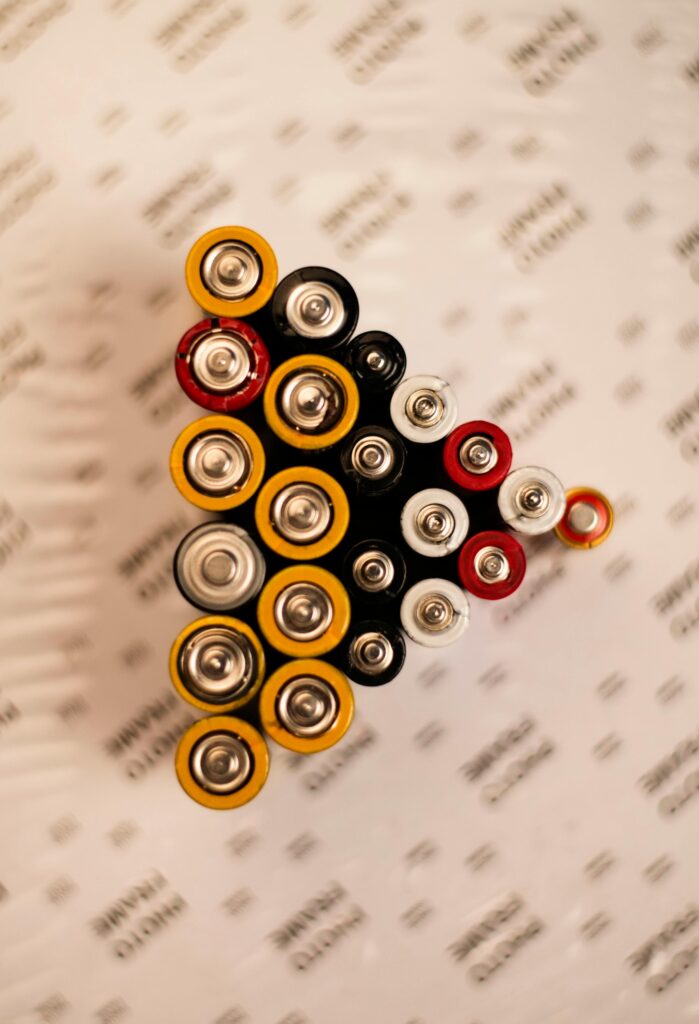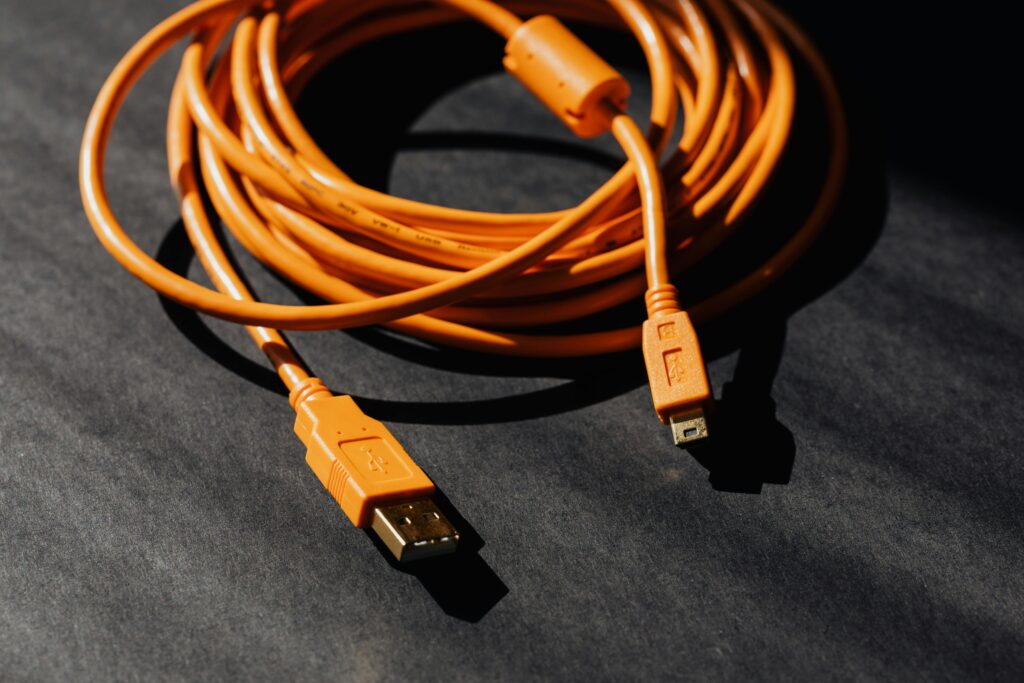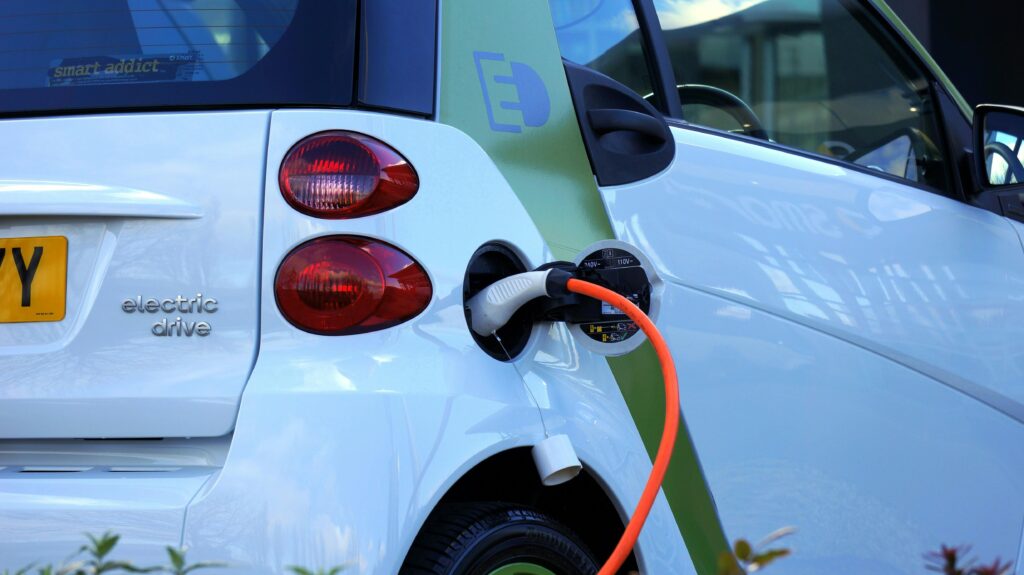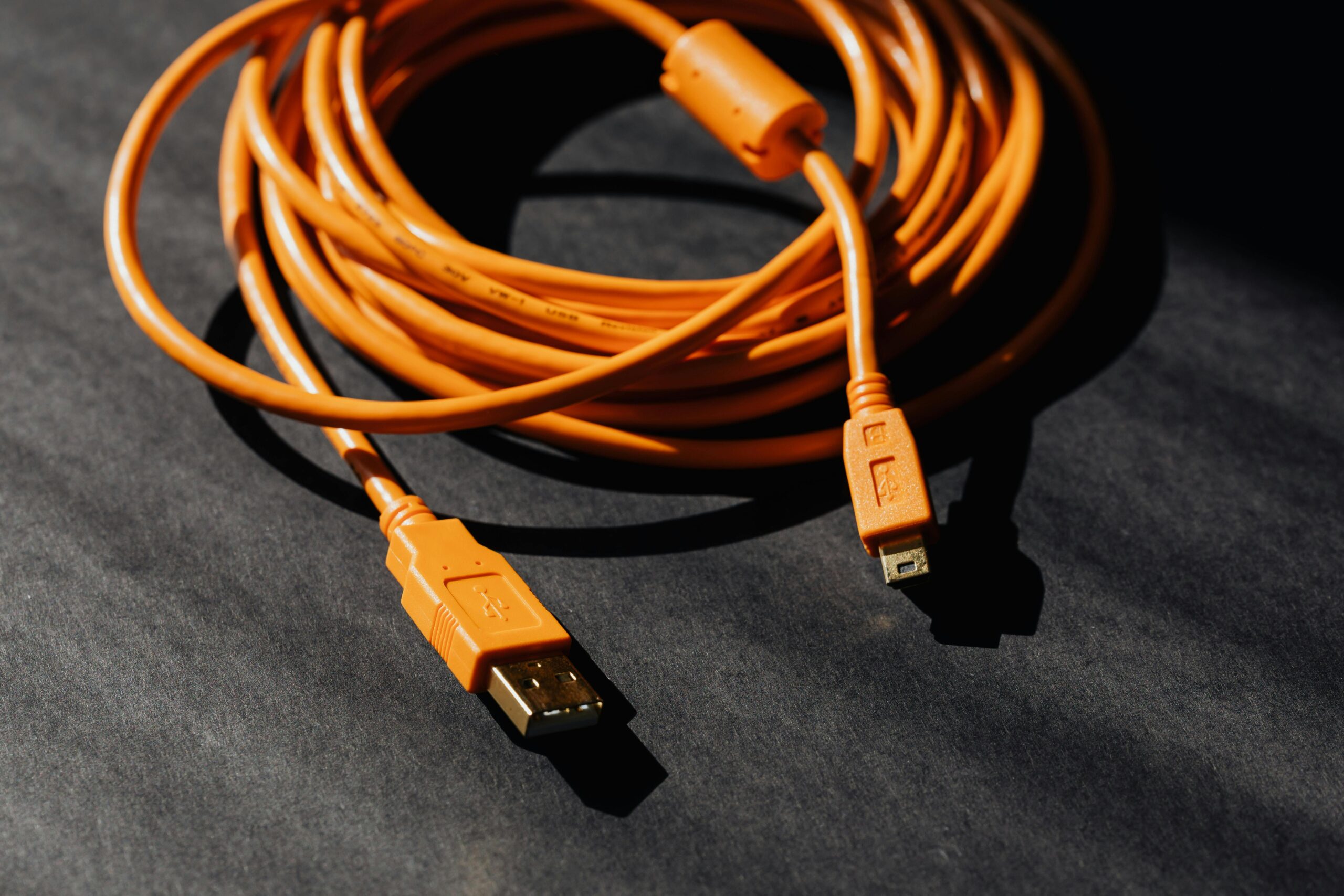Welcome to your go-to guide on LFP battery longevity! In “How Long Do LFP batteries Last?”, you’ll discover everything you need to know about the lifespan of Lithium Iron Phosphate (LFP) batteries. These batteries are increasingly popular due to their safety, efficiency, and long cycle life. You’ll gain insights into how external factors like temperature and usage patterns can affect the durability of LFP batteries, ensuring you get the most out of your investment. Get ready to explore how these advanced power sources can keep your devices running longer and more reliably.
How Long Do LFP Batteries Last?

Introduction
Have you ever wondered how long LFP batteries last? In today’s rapidly advancing technological world, batteries are the lifeblood of countless gadgets, vehicles, and renewable energy systems. Among the numerous types of batteries available, Lithium Iron Phosphate (LFP) batteries stand out for their unique benefits and wide-ranging applications. In this article, we’ll explore everything you need to know about LFP battery lifespan, diving deep into their features, advantages, and practical usage to help you make an informed decision.
What Are LFP Batteries?
Before getting into the lifespan specifics, it’s essential to understand what LFP batteries are. An LFP battery is a type of lithium-ion battery that uses lithium iron phosphate as the cathode material. Unlike traditional lithium-ion batteries, which commonly use materials like lithium cobalt oxide, LFP batteries offer unique characteristics.
Advantages of LFP Batteries
Why should you care about LFP batteries in particular? Here are some key advantages:
- Longer Lifespan: LFP batteries generally last longer than other types of lithium-ion batteries.
- Safety: They are less prone to overheating and thermal runaway, making them safer.
- Environmental Impact: The materials used in LFP batteries are less harmful to the environment.
- Cost: Over time, the cost of maintaining and replacing these batteries is lower due to their longevity.
Common Uses
LFP batteries are used in various applications including:
- Electric Vehicles (EVs): They offer high power delivery and long cycle life, making them ideal for EVs.
- Renewable Energy Systems: They’re widely used in solar energy storage solutions.
- Consumer Electronics: Some high-end consumer electronics are beginning to adopt LFP technology.
Lifespan of LFP Batteries
Now, let’s get to the heart of the matter: how long do LFP batteries last? Multiple factors influence the lifespan of these batteries, including usage patterns, charging cycles, and environmental conditions. But generally, LFP batteries have a significantly longer lifespan compared to other types of lithium-ion batteries.
Lifespan Metrics
To quantify lifespan, let’s look at some common metrics:
- Cycle Life: The number of charge and discharge cycles a battery can undergo before its capacity falls below 80% of its original capacity. LFP batteries typically have a cycle life of 2,000 to 7,000 cycles.
- Calendar Life: This refers to the battery’s age irrespective of usage cycles. LFP batteries often have a calendar life of 10 to 15 years.
- Depth of Discharge (DoD): The extent to which the battery is discharged relative to its total capacity. Higher DoD levels usually result in shorter cycle life, but LFP batteries can handle up to 80% DoD quite comfortably.
Factors Affecting Lifespan
Several factors impact the actual lifespan of LFP batteries:
- Temperature: Extreme temperatures can accelerate battery degradation.
- Charging Speed: Faster charging can result in higher heat generation, which in turn, can reduce lifespan.
- Maintenance: Regular monitoring and maintenance can extend a battery’s life.
- Usage Patterns: Continuous deep discharges can reduce lifecycle, although LFP batteries are generally more tolerant of deep cycling.
Comparison with Other Battery Types
To better appreciate the longevity of LFP batteries, it’s helpful to compare them with other common battery types.
| Battery Type | Cycle Life (Cycles) | Calendar Life (Years) | Depth of Discharge (DoD) | Safety |
|---|---|---|---|---|
| LFP (Lithium Iron Phosphate) | 2,000 – 7,000 | 10 – 15 | Up to 80% | High |
| LCO (Lithium Cobalt Oxide) | 500 – 1,000 | 2 – 5 | Up to 40% | Moderate |
| NMC (Nickel Manganese Cobalt) | 1,000 – 2,000 | 5 – 10 | Up to 50% | Moderate to High |
| Lead-Acid | 300 – 500 | 3 – 5 | 50% | Low to Moderate |

Prolonging the Life of LFP Batteries
While LFP batteries are renowned for their longevity, you can take specific steps to ensure they last even longer. Here are some tips:
Optimal Charging
- Avoid Overcharging: Overcharging can lead to excessive heat generation, deteriorating battery health.
- Proper Chargers: Use chargers specifically designed for LFP batteries, as they offer controlled charging that maintains optimal voltage levels.
Temperature Management
- Keep Cool: Store and use the batteries in environments where the temperature is controlled. Avoid leaving them in places that can get extremely hot or cold.
- Thermal Management Systems: If you’re using LFP batteries in applications like EVs or renewable energy systems, consider using thermal management systems to keep them at an optimal temperature.
Regular Maintenance
- Battery Management Systems (BMS): Employ a good BMS to monitor the battery’s health continually.
- Regular Check-ups: Periodic inspections can help identify potential issues before they become severe problems.
Appropriate Usage
- Avoid Deep Discharges: While LFP batteries handle deep discharges better than others, routinely discharging them to extreme levels can still take a toll.
- Cycle Regularly: Avoid long periods of inactivity. Regular usage actually helps in maintaining battery health.
Case Studies and Real-World Applications
Let’s delve into some real-world applications to understand how LFP batteries perform over time.
Electric Vehicles (EVs)
Tesla and BYD, two prominent EV manufacturers, have incorporated LFP batteries into their vehicles. Reports indicate that after 200,000 miles, LFP batteries in EVs retain about 80-90% of their capacity, a testament to their long lifespan.
Renewable Energy Systems
Solar energy storage solutions are among the prime beneficiaries of LFP batteries. Systems installed with LFP batteries have shown minimal degradation even after several years of continuous cycling. For instance, in residential solar systems, LFP batteries often come with warranties of up to 10 years, reflecting manufacturers’ confidence in their longevity.

Pros and Cons of LFP Batteries
While LFP batteries offer numerous advantages, they aren’t without their drawbacks. It’s important to weigh these factors when deciding if LFP batteries are suitable for your needs.
Pros
- Long Lifespan: Superior cycle life and calendar life.
- Safety: Lower risk of thermal runaway and overheating.
- Environmental Impact: Less harmful materials.
- Wide Operating Range: Efficient performance over a broad temperature spectrum.
Cons
- Energy Density: Lower energy density compared to other lithium-ion batteries like NMC or LCO.
- Cost: Higher initial cost, although it’s often offset by the extended lifespan.
- Weight: Heavier than some other lithium-ion batteries.
Future of LFP Batteries
The future looks promising for LFP batteries as advancements continue in battery technology. Researchers are focused on improving the energy density and reducing costs, making LFP batteries even more appealing.
Technological Advancements
- Enhanced Cathode Materials: Innovations in cathode materials aim to boost the energy density of LFP batteries.
- Nanotechnology: Using nanotechnology can enhance the efficiency and lifespan of batteries.
- Recycling: As environmental concerns grow, advances in battery recycling technologies are becoming paramount. LFP batteries are easier to recycle, further boosting their appeal.
Market Trends
The decreasing cost of lithium and advancements in manufacturing technologies are driving the adoption of LFP batteries. You can expect to see more electric vehicles, renewable energy systems, and even consumer electronics using LFP batteries in the coming years.
Conclusion
So, how long do LFP batteries last? With a cycle life ranging between 2,000 to 7,000 cycles and a calendar life of up to 15 years, LFP batteries stand out for their impressive longevity. By properly managing factors such as charging, temperature, and usage patterns, you can ensure these batteries serve you well for many years. As technology continues to evolve, the future for LFP batteries looks even brighter, promising greater efficiency, affordability, and wider adoption across various applications.
Whether you’re considering LFP batteries for your electric vehicle, solar energy system, or consumer electronics, understanding their longevity and benefits can help you make a more informed decision. And remember, a little care and maintenance can go a long way in maximizing the life of these reliable energy storage solutions.

